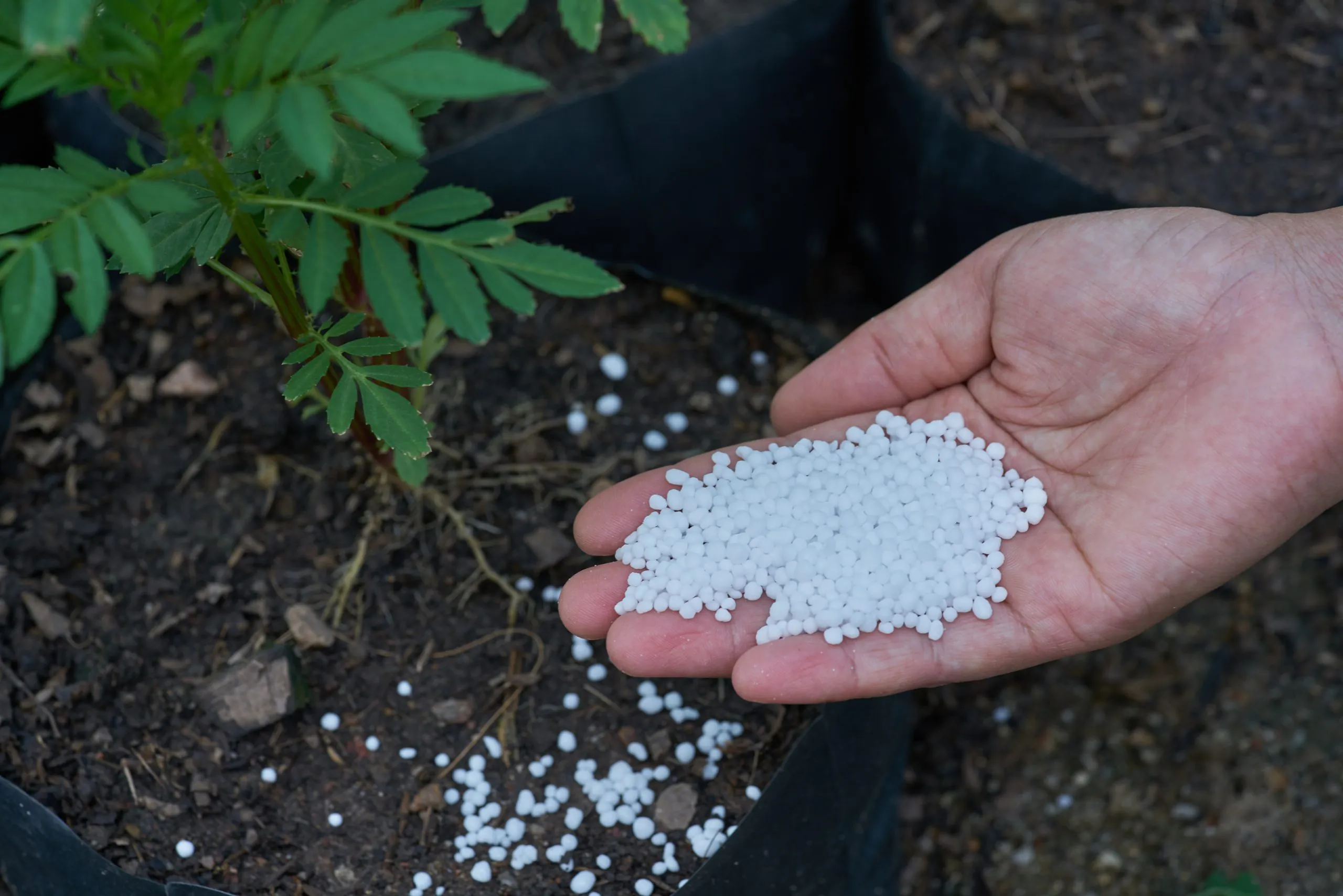The dry season can be tough for crops and farmers alike, especially when water is scarce and heat stress becomes a real threat. But with the right strategies, farmers can still thrive. Here are seven practical tips from Little World Agro to help you safeguard your crops and keep yields high.
.jpg)
A farmer using drip irrigation to maximize water efficiency
1. Invest in Drip Irrigation
Drip irrigation delivers water directly to the roots, reducing waste and ensuring that each drop counts. It’s one of the most efficient ways to water crops in dry conditions.
2. Use Mulching
Cover your soil with organic mulch such as straw or dry grass. Mulch helps retain moisture, suppress weeds, and regulate soil temperature.
3. Choose Drought-Tolerant Crops
Select varieties that naturally require less water and have stronger root systems. Examples include sorghum, millet, and certain varieties of cowpea and maize.
4. Apply Water Early or Late in the Day
Watering in the early morning or evening reduces evaporation and gives crops enough time to absorb moisture before the heat rises.
5. Apply Organic Matter
Adding compost improves soil structure and water retention capacity. Organic matter acts like a sponge, holding water longer around plant roots.
6. Use Shade Nets
Install shade nets or temporary coverings over delicate crops. This protects them from extreme sun exposure and helps conserve water.
7. Monitor Soil Moisture
Don’t wait for crops to wilt. Use simple soil moisture tools or manual checks to know when your crops need water—and how much.
"Every drop of water is a lifeline. Smart practices can make the difference between survival and abundance during the dry season." — Little World Agro
These tips are based on practices we promote in the field. Our goal is to help farmers stay productive even when nature challenges us. Contact our team for support, supplies, or more training on dry season farming.
.jpg)
